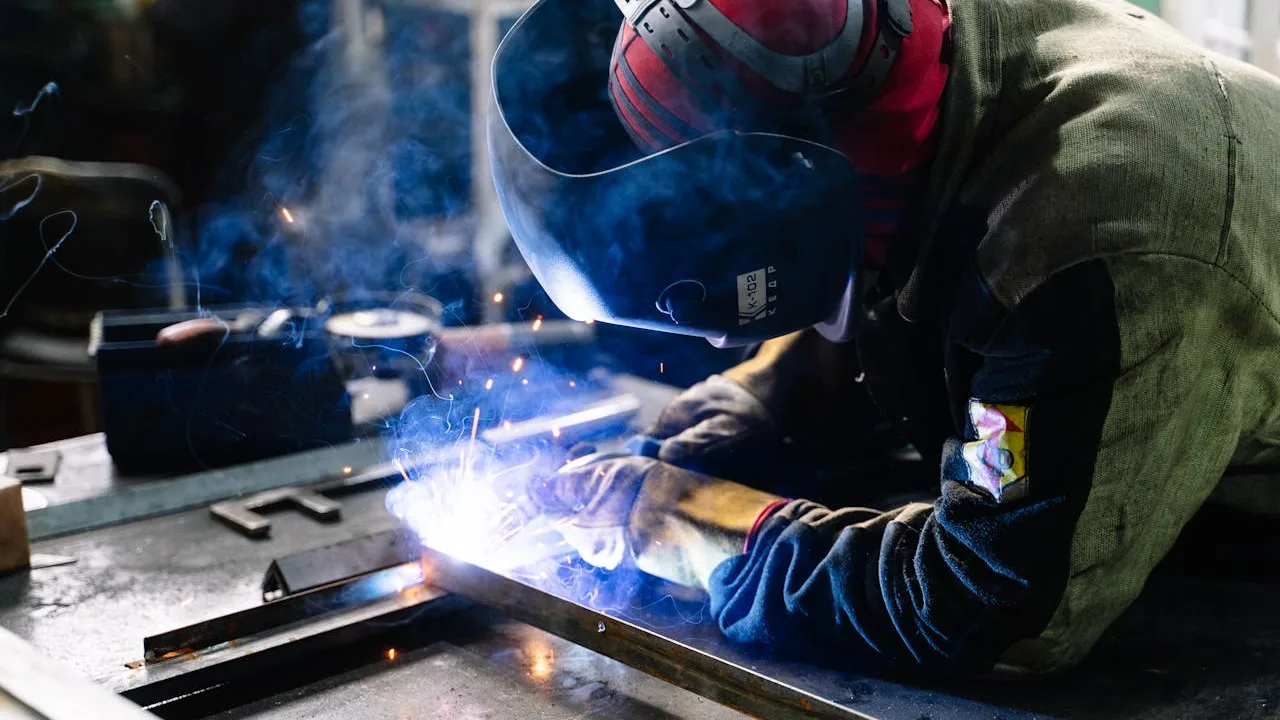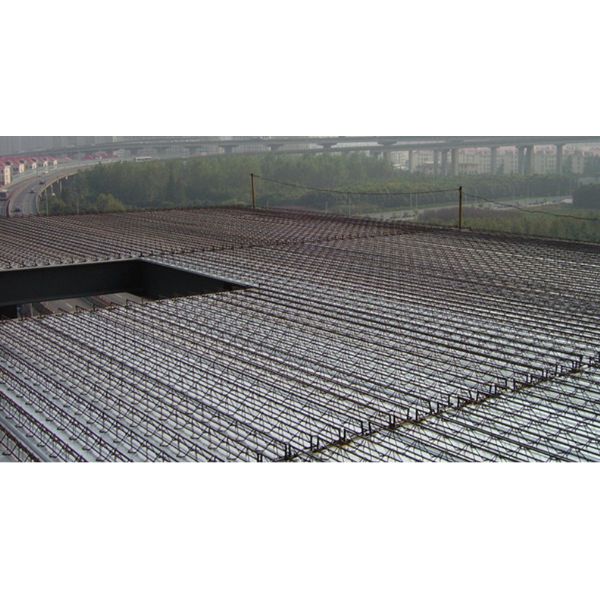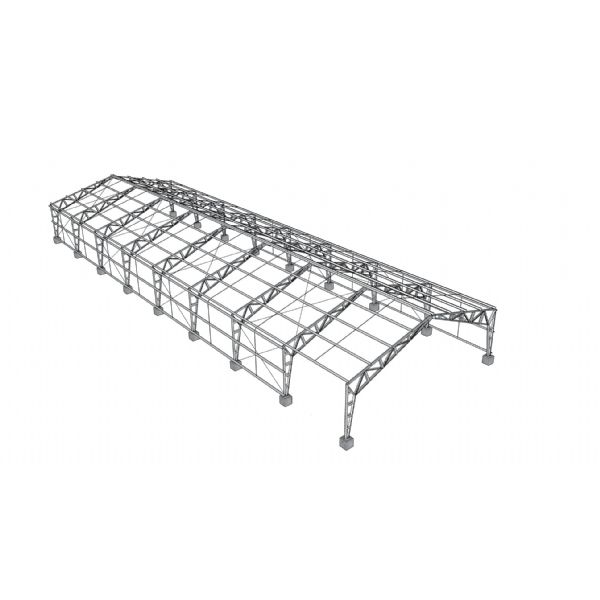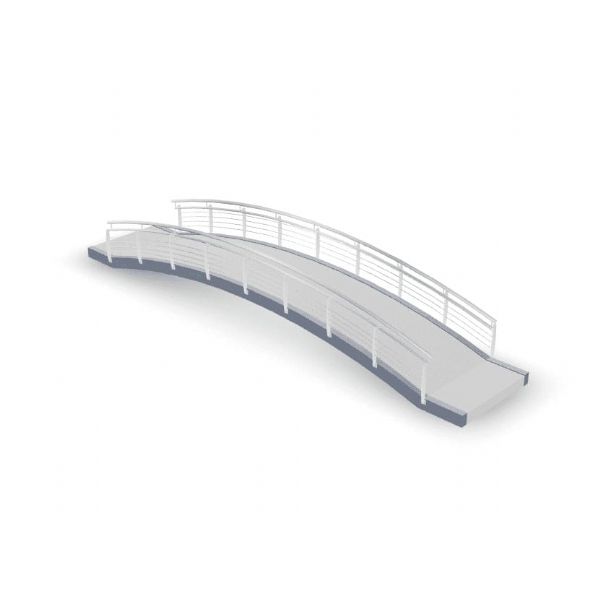S355JR steel is one of the most commonly used non-alloy structural steels under the EN 10025-2 standard. Designed for high strength and excellent weldability, it has become a preferred material for engineers, fabricators, and contractors across diverse industries. The grade name itself reveals essential characteristics: “S” stands for structural steel, “355” represents a minimum yield strength of 355 MPa, and “JR” indicates that the material has undergone impact testing at room temperature (+20 °C).
Balancing strength, formability, and cost-efficiency, S355JR has gained global recognition for applications in steel structures, bridges, heavy equipment, and prefabricated buildings. It offers a dependable combination of mechanical strength and fabrication flexibility, making it suitable for both static and dynamically loaded structures.
Why S355JR Matters in Modern Industry
From skyscraper frameworks to offshore platforms, S355JR provides reliability without excessive weight or production cost. Its excellent weldability allows easy assembly and modification on site, while its mechanical resilience supports long service life in demanding environments. For industries looking to enhance performance and sustainability, S355JR remains a key solution for strong, recyclable steel design.
Chemical Composition of S355JR
Core Elements and Their Role
The properties of S355JR arise from its precise balance of elements. Each chemical component contributes to strength, ductility, and weldability:
- Carbon (C) – Determines hardness and strength; low levels ensure weldability.
- Manganese (Mn) – Enhances toughness and hardenability.
- Silicon (Si) – Improves elasticity and deoxidation during steelmaking.
- Phosphorus (P) and Sulfur (S) – Impurities controlled to maintain ductility.
- Trace Elements – Copper, nickel, and chromium can appear in small quantities for added corrosion resistance.
Typical Chemical Composition Table
| Element | Max % | Function |
|---|---|---|
| Carbon (C) | 0.24 | Strength and hardness |
| Manganese (Mn) | 1.6 | Improves toughness |
| Silicon (Si) | 0.55 | Enhances elasticity |
| Phosphorus (P) | 0.035 | Should be minimized |
| Sulfur (S) | 0.035 | Excess reduces ductility |
Comparison with Other Grades
Compared with S235JR, S355JR delivers roughly 50 % higher yield strength. Meanwhile, S355J2 features similar composition but passes an impact test at −20 °C, making it better for cold climates. Engineers often select S355JR as a cost-effective middle option between light structural steels and higher-toughness grades.
Mechanical Properties of S355JR
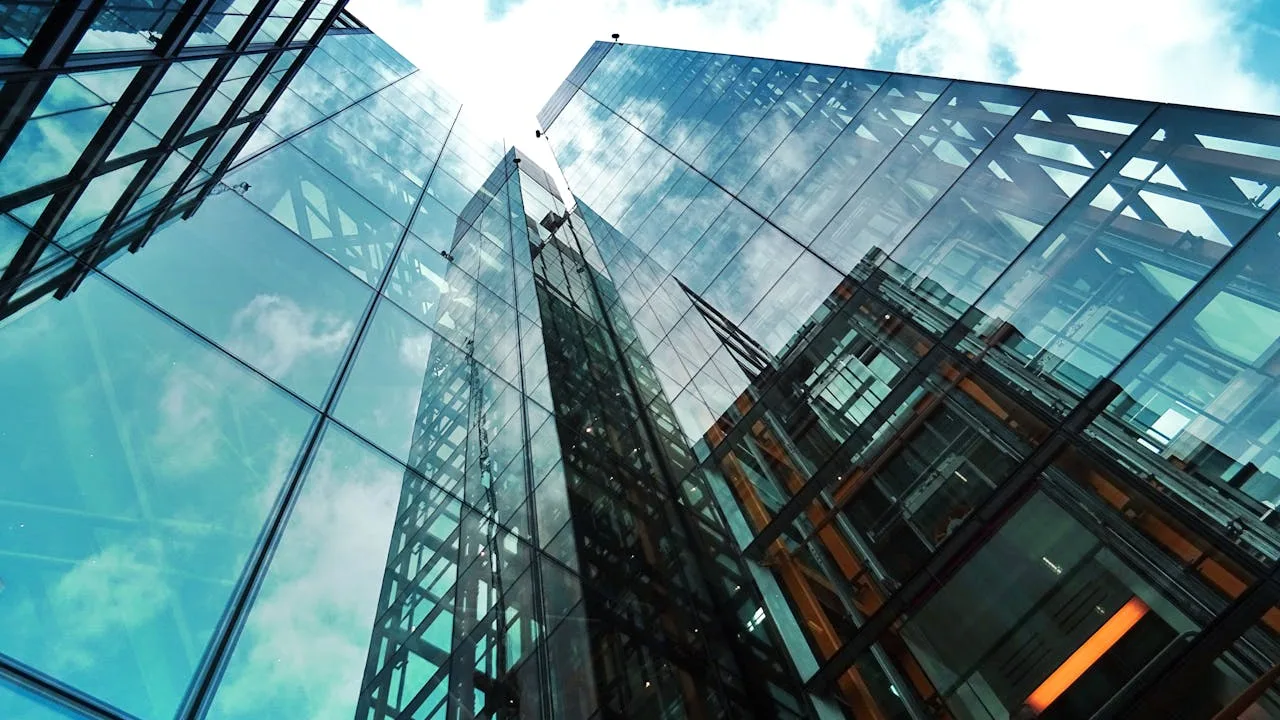
Yield and Tensile Strength
The mechanical performance of S355JR is carefully defined by EN 10025-2. Its yield and tensile strengths vary slightly with plate thickness:
| Thickness (mm) | Min Yield (MPa) | Tensile (MPa) |
|---|---|---|
| ≤ 16 | 355 | 470 – 630 |
| 16 – 40 | 345 | 470 – 630 |
| 40 – 63 | 335 | 450 – 600 |
| 63 – 100 | 315 | 450 – 600 |
Impact Energy and JR Designation
The “JR” suffix signifies that Charpy V-notch impact testing was performed at 20 °C, achieving at least 27 J of absorbed energy. This ensures adequate toughness for general construction and equipment that operates at normal ambient temperatures.
Other Mechanical Characteristics
- Elastic Modulus: ~210 GPa
- Brinell Hardness: ~146 HB
- Elongation (A5): 22–25 %
Equivalent Grades and Standards
International Equivalents
| Standard | Equivalent Grade | Region |
|---|---|---|
| ASTM A572 | Grade 50 | United States |
| JIS G3106 | SM490A | Japan |
| DIN 17100 | St52-3 | Germany |
| GB/T 1591 | Q345B | China |
Selecting the Right Equivalent
When sourcing internationally, matching mechanical properties and test standards is critical. Engineers verify equivalence using mill certificates and ensure compliance with structural design codes for bridges, buildings, or machinery.
Fabrication and Welding Characteristics
Formability and Machining
S355JR can be easily formed using cold or hot techniques. Its ductility allows bending and rolling without cracking, while low-carbon chemistry ensures consistent machinability. For precision parts, cutting fluids and moderate speeds help maintain dimensional accuracy.
Welding Behavior
Excellent weldability is one of S355JR’s strongest advantages. The steel can be joined by common methods such as MIG, TIG, submerged-arc, and manual arc welding. Because of its low carbon equivalent (typically ≤ 0.47 %), preheating is often unnecessary for thinner sections. For thick plates, light preheating around 100 – 150 °C improves weld quality.
Cutting and Bending
Laser, plasma, or flame cutting can be performed with minimal edge hardening. For bending operations, a suitable radius and controlled speed help prevent internal micro-cracks. Stress-relief annealing after heavy cold forming may be applied to restore toughness.
Heat Treatment and Surface Protection
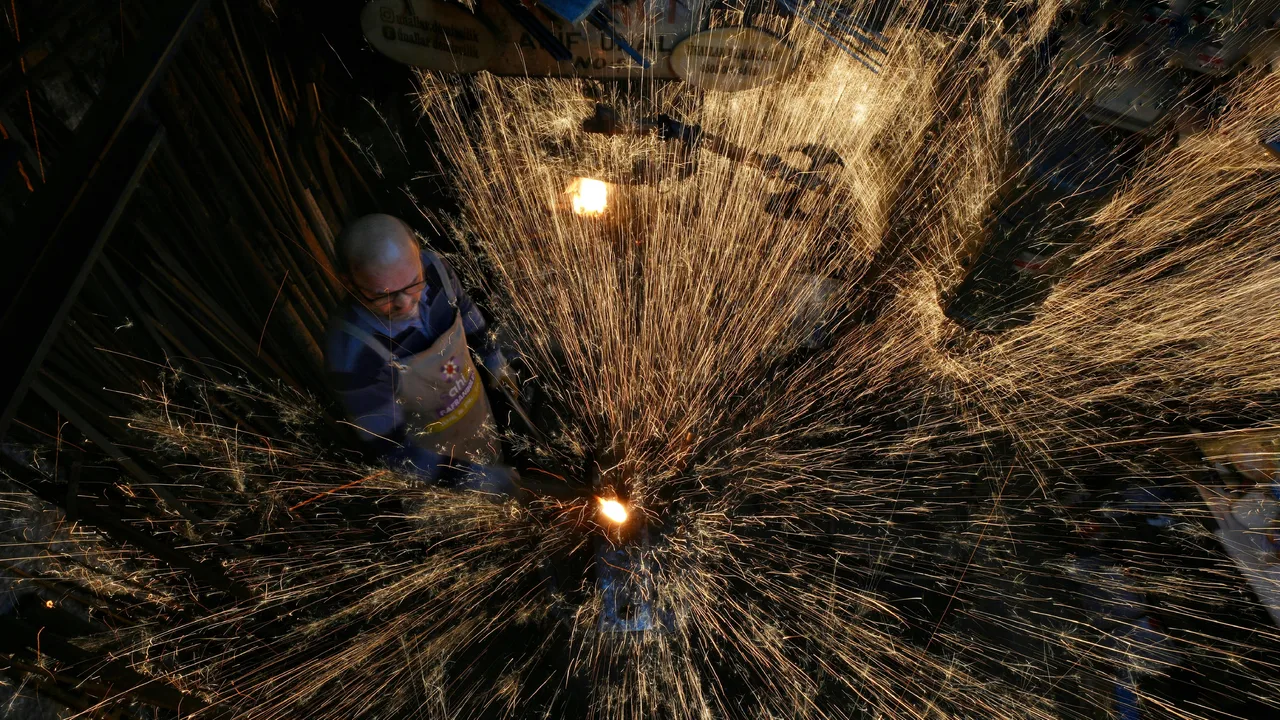
Normalizing, Annealing, and Stress-Relieving
Heat treatment can refine the microstructure of S355JR and improve mechanical uniformity. Normalizing typically occurs between 890 °C and 940 °C, followed by air cooling. Stress-relieving at 530 – 580 °C reduces residual stresses from welding or forming without altering the steel’s strength class.
Surface Coatings and Protection
Although not a stainless or weathering steel, S355JR can be effectively protected against corrosion. Hot-dip galvanizing, painting, and powder coating are widely used options. Regular maintenance of coatings ensures a long service life, especially in humid or coastal environments.
Applications of S355JR Steel
Structural Construction
S355JR’s superior yield strength and weldability make it ideal for frameworks in industrial buildings, steel bridges, warehouses, and prefabricated plants. Companies such as XTD Steel Structure use S355JR in the fabrication of large-scale portal frames, ensuring cost-efficient yet high-performance solutions for clients worldwide.
Machinery and Engineering Components
The grade’s combination of strength and toughness also suits mechanical parts such as crane booms, truck chassis, and excavator frames. It withstands heavy dynamic loads without brittle failure, extending the lifespan of industrial equipment.
Offshore and Energy Sector Use
In the energy sector, S355JR steel serves as a dependable material for pipelines, wind turbine towers, and oil-rig platforms. Its combination of strength, ductility, and weldability allows it to withstand vibration, wind load, and corrosion exposure when properly coated. Offshore engineers often select S355JR for secondary structures where both weight savings and structural reliability are required.
Infrastructure and Prefabricated Buildings
Modern infrastructure increasingly relies on prefabrication to shorten construction cycles. S355JR, with its consistent mechanical quality, is used for modular bridges, logistics warehouses, and transit terminals. Its ability to be delivered as pre-cut or pre-welded assemblies simplifies logistics and installation, making it a material of choice for fast-track projects.
Advantages of Using S355JR
Strength-to-Weight Efficiency
One of the most significant advantages of S355JR steel is its exceptional strength-to-weight ratio. Compared with lighter structural grades such as S235JR, S355JR offers up to 50% higher yield strength while maintaining almost identical density. This means that components made from S355JR can be designed with smaller cross-sectional areas, reducing the total tonnage of steel required without compromising load-bearing capacity.
For example, in large-span industrial buildings, the use of S355JR allows engineers to optimize portal frames, columns, and trusses by minimizing section thickness while retaining stiffness. This reduction in material usage leads directly to lighter structures, easier handling during fabrication, and lower transportation costs. The overall savings compound through every phase of the project — from manufacturing to site erection — improving both efficiency and sustainability.
In addition, the lower self-weight of S355JR structures reduces foundation loads, which can translate to smaller and less expensive substructures. This advantage is particularly important for high-rise buildings, bridges, and prefabricated steel halls, where reducing dead load enhances overall stability and performance under dynamic or seismic conditions.
Cost-Effectiveness and Availability
Another major benefit of S355JR is its cost efficiency combined with global availability. As part of the EN 10025-2 standard family, this grade is mass-produced by most international steel mills, ensuring consistent supply and competitive pricing. Fabricators can easily source S355JR in multiple product forms — such as plates, coils, H-beams, channels, and hollow sections — which simplifies procurement and standardizes project logistics.
Because of its low carbon equivalent and excellent weldability, S355JR also helps reduce secondary processing costs. It requires minimal preheating and post-weld treatment, allowing faster fabrication times and lower energy consumption during production. Contractors benefit from reduced fabrication complexity, while project owners enjoy lower overall costs per ton of installed steel.
Furthermore, S355JR’s mechanical properties align well with international equivalents such as ASTM A572 Grade 50 or Q345B, making it easier to substitute or integrate into global projects where multiple material standards coexist. This compatibility gives engineers flexibility when working with suppliers from different regions while maintaining consistent performance and safety standards.
Environmental and Sustainability Benefits
In an era where sustainability defines construction quality, S355JR stands out as a green, recyclable material that supports circular-economy principles. More than 90% of structural steel is recycled at the end of its life cycle, and S355JR can be remelted repeatedly without degradation of its mechanical or chemical properties. This infinite recyclability dramatically reduces the environmental footprint of construction projects.
Many global green-building certifications — including LEED (Leadership in Energy and Environmental Design) and BREEAM (Building Research Establishment Environmental Assessment Method) — recognize steel structures using S355JR as sustainable building components. Their use can contribute to credits in categories such as material efficiency, lifecycle assessment, and responsible sourcing.
Additionally, steel manufacturing technology continues to improve energy efficiency and emissions control. Modern electric arc furnaces (EAF) use recycled scrap metal and renewable electricity, significantly lowering CO₂ output per ton of steel. When combined with S355JR’s long service life and minimal maintenance requirements, these advantages create a low lifecycle cost and reduced environmental impact.
Architects and structural designers also appreciate that S355JR supports eco-friendly design flexibility — allowing for demountable, modular, and reusable structures. Warehouses, hangars, and exhibition halls built with S355JR can be dismantled and relocated instead of demolished, aligning perfectly with the goals of sustainable urban development.
Summary of Key Benefits
- High mechanical strength: Enables thinner sections and reduced material usage.
- Lightweight efficiency: Minimizes dead load and simplifies transport and installation.
- Global availability: Stocked by mills and distributors worldwide in standard dimensions.
- Fabrication simplicity: Excellent weldability, formability, and machinability lower production costs.
- Environmentally responsible: Fully recyclable, energy-efficient to produce, and compliant with green-building standards.
- Long service life: Durable performance with proper protective coatings in harsh environments.
When viewed holistically, these advantages make S355JR one of the most versatile and economically sound materials for today’s construction, infrastructure, and industrial projects. It offers the perfect balance of structural efficiency, cost control, and environmental stewardship — a combination that continues to drive its adoption in global engineering and architecture.
S355JR in Comparison with Other Grades
S235JR vs S355JR
S235JR is commonly used for light structures but has only 235 MPa yield strength, making it less suitable for heavy loads. S355JR’s higher 355 MPa yield allows for stronger and lighter frameworks, reducing material usage and improving efficiency. For example, a beam designed in S355JR can carry the same load with smaller cross-section compared to S235JR.
S355JR vs S355J2 vs S355K2
All three share similar chemical compositions but differ in impact test temperatures:
- S355JR – tested at +20 °C
- S355J2 – tested at −20 °C
- S355K2 – tested at −30 °C
Therefore, selection depends primarily on the working temperature and safety margin required by project specifications.
When to Choose Each Grade
For typical steel structure buildings and machinery, S355JR Steel offers sufficient toughness. Cold-climate bridges or offshore platforms benefit from S355J2 or K2 due to improved impact strength. The decision balances environment, cost, and design requirements.
Supply Forms and Dimensional Range
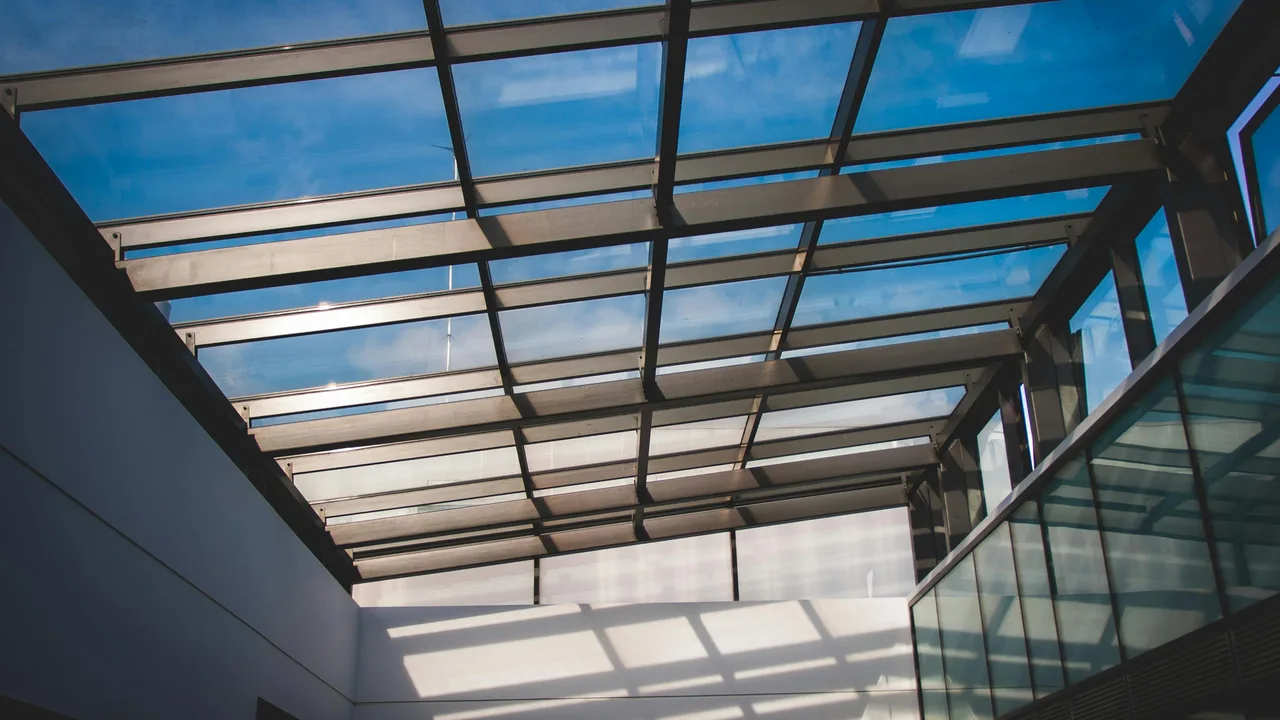
Available Product Forms
S355JR is produced in various shapes, enabling broad design flexibility:
- Hot-rolled plates and sheets
- I-beams, H-beams, and channels
- Square and rectangular hollow sections
- Bars and rods for machining components
Thickness and Width Range
Plate thickness typically ranges from 1.5 mm up to 200 mm, while coil widths reach 2,000 mm or more depending on mill capabilities. Section sizes conform to EN 10056 and EN 10279 standards for structural profiles.
Certification and Mill Test Reports
Reputable suppliers deliver EN 10204 3.1 or 3.2 certificates with full traceability of heat number, composition, and mechanical test results. These documents ensure compliance with project and regulatory requirements, offering transparency for quality assurance.
Quality Standards and Testing
Compliance and Inspection
S355JR production follows strict European norms. Each batch is tested for tensile strength, yield, elongation, and Charpy impact. Non-destructive examinations such as ultrasonic or magnetic-particle testing confirm internal soundness of thick plates and weld joints.
Mechanical and Chemical Tests
- Tensile Test: Verifies strength and ductility under load.
- Charpy Impact Test: Ensures toughness at specified temperature.
- Chemical Analysis: Confirms compliance with maximum element percentages.
These procedures guarantee that every piece of S355JR meets the rigorous demands of modern engineering standards.
Conclusion
S355JR steel grade remains one of the most versatile and reliable structural materials available today. Defined by the EN 10025-2 standard, it combines high yield strength, excellent weldability, and broad formability — a balance that satisfies architects, builders, and mechanical engineers alike.
Whether used in steel bridges, industrial buildings, machinery, or energy structures, S355JR offers long-term performance at an economical cost. Its global availability, compliance with multiple international standards, and recyclability make it a preferred option for sustainable construction and manufacturing worldwide.
For companies seeking high-quality steel structure solutions using S355JR and related grades, partnering with experienced manufacturers such as XTD Steel Structure ensures precision engineering, certified materials, and exceptional service from design to installation.

